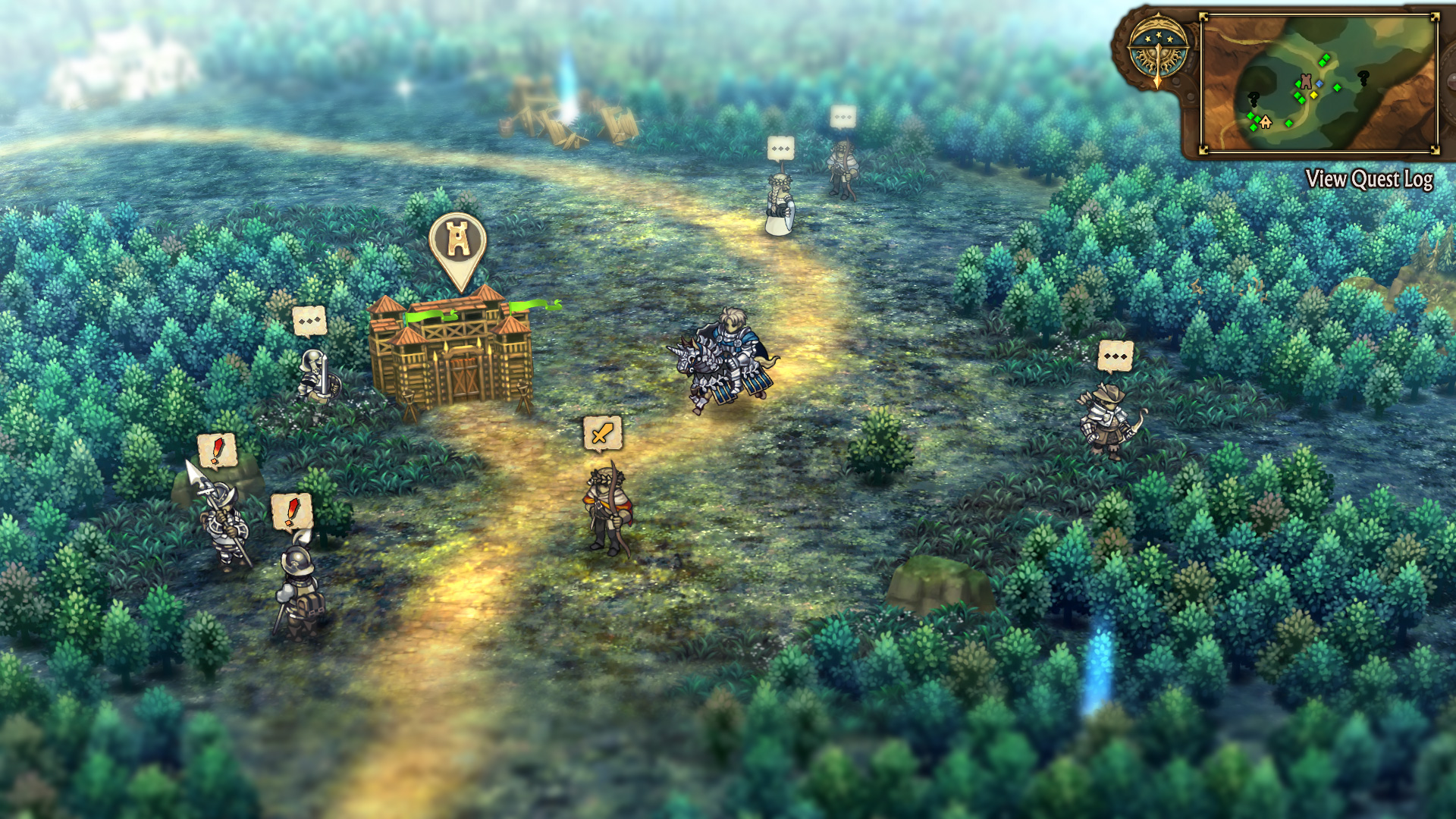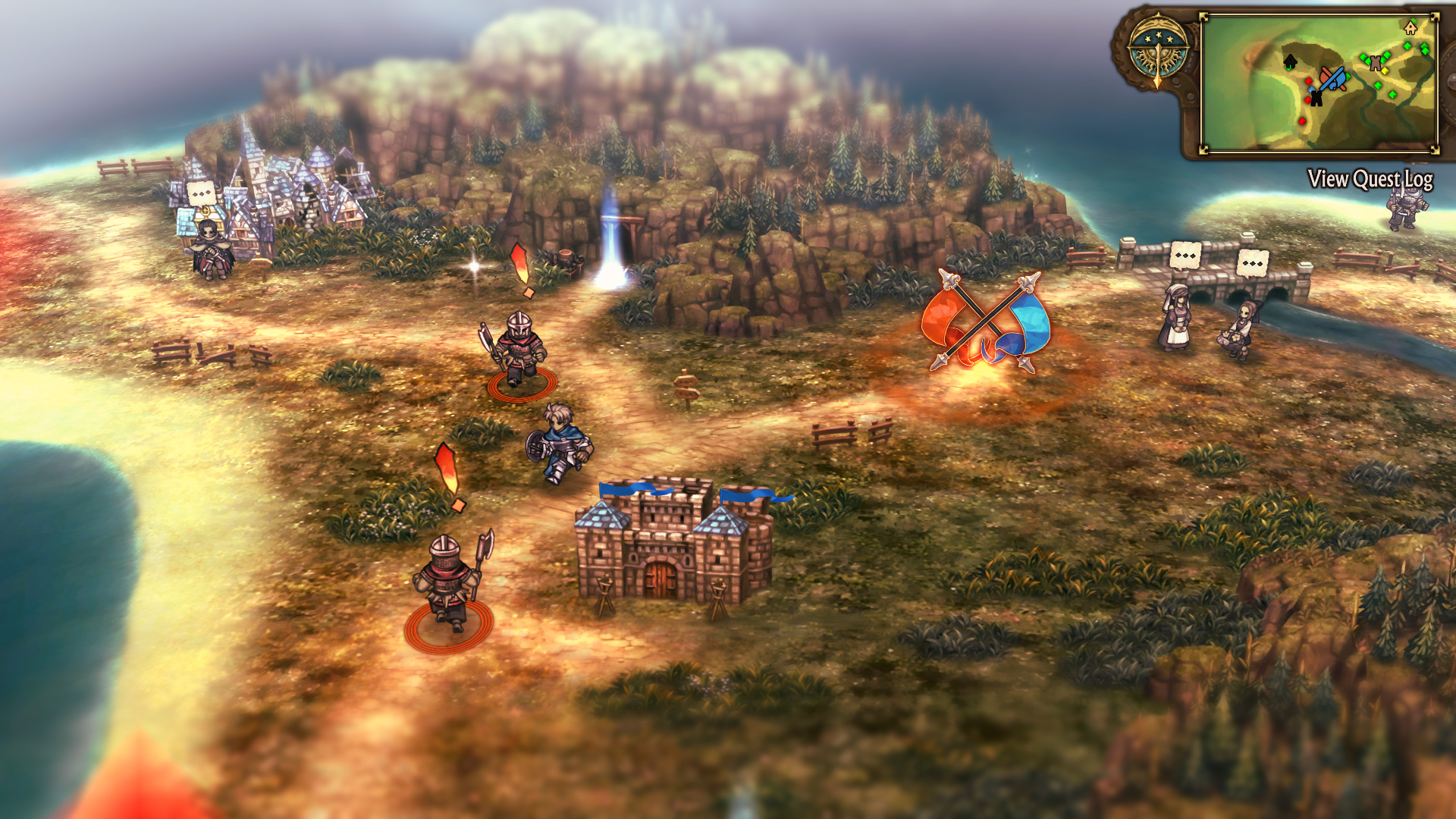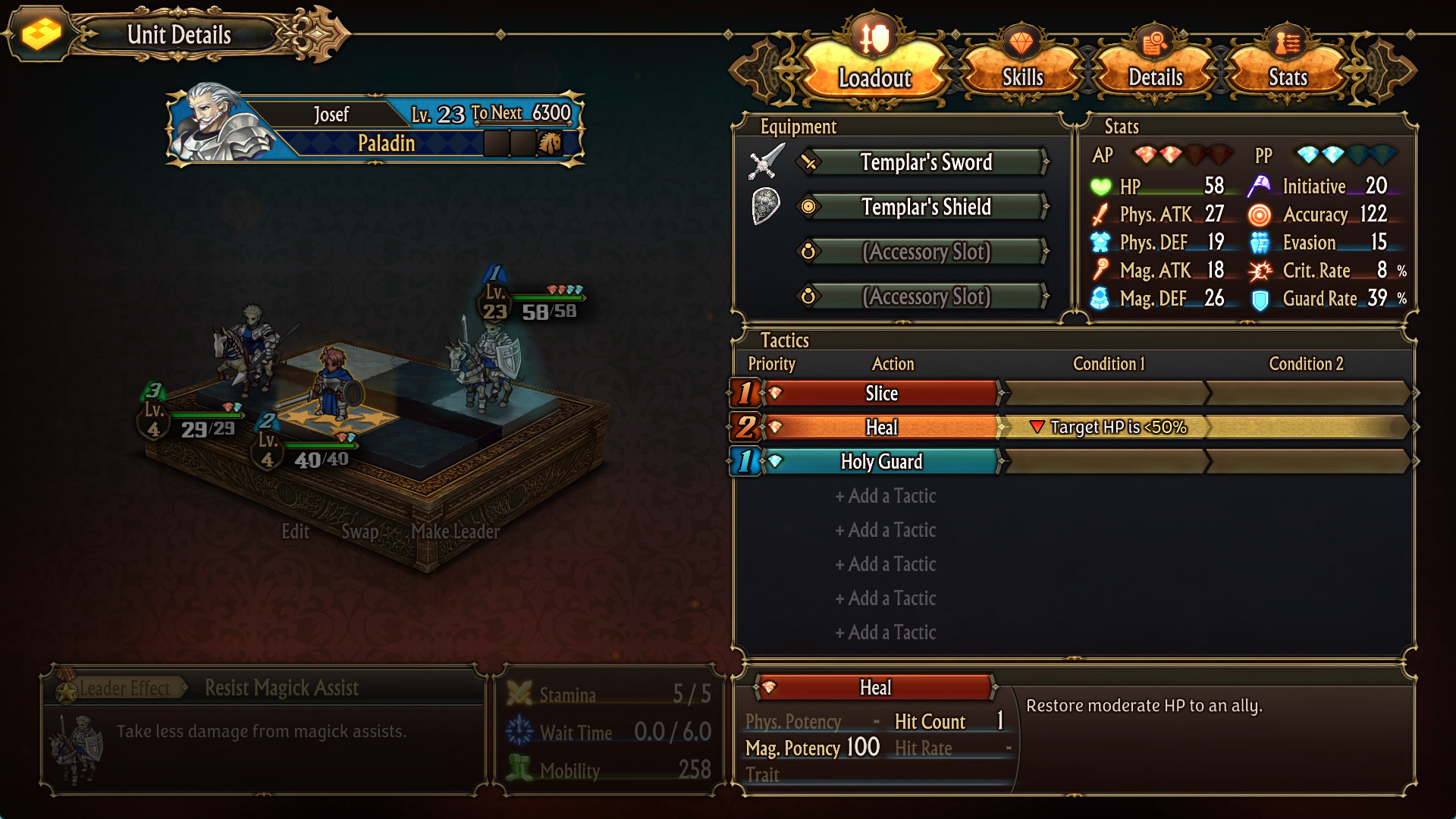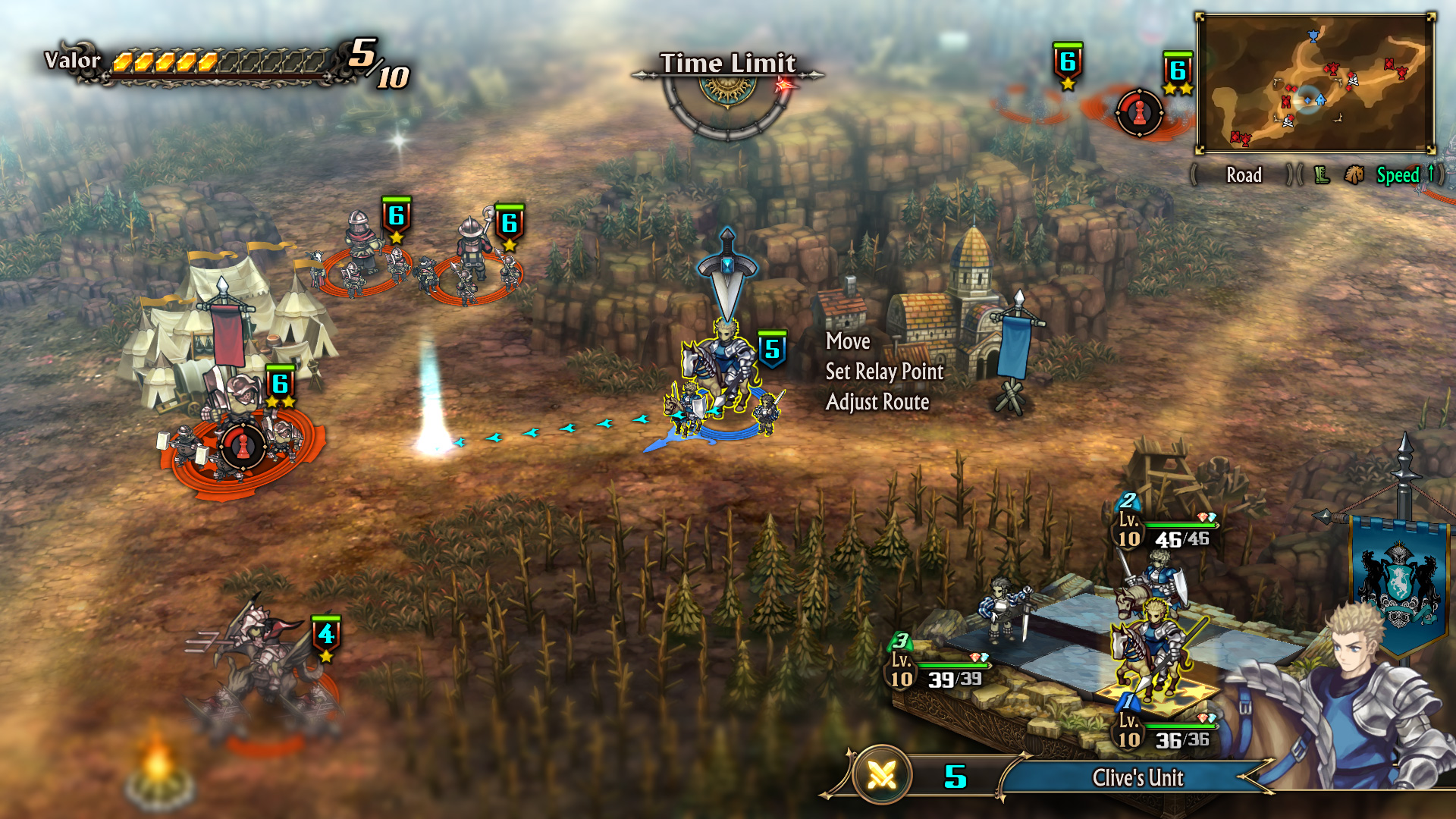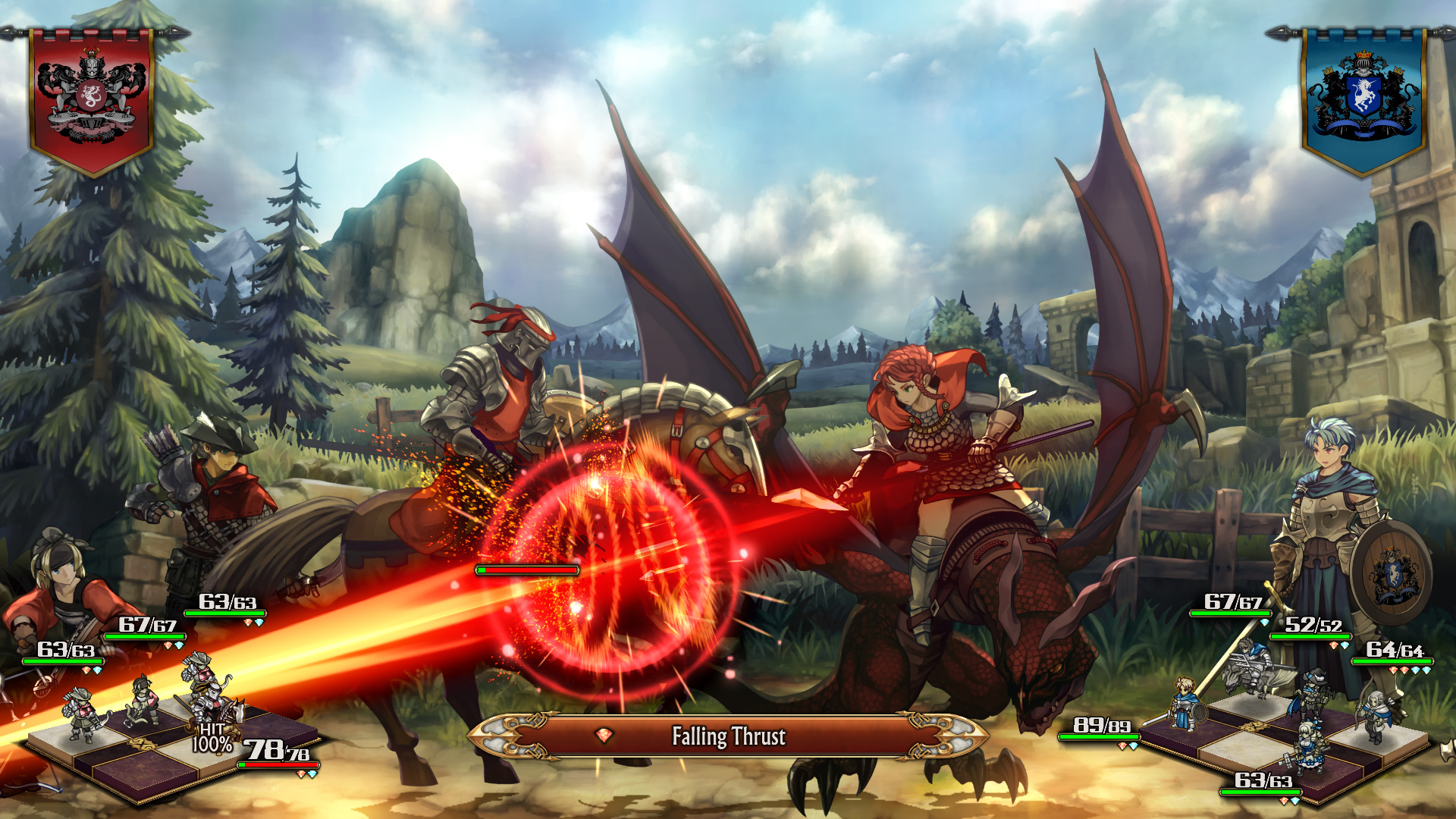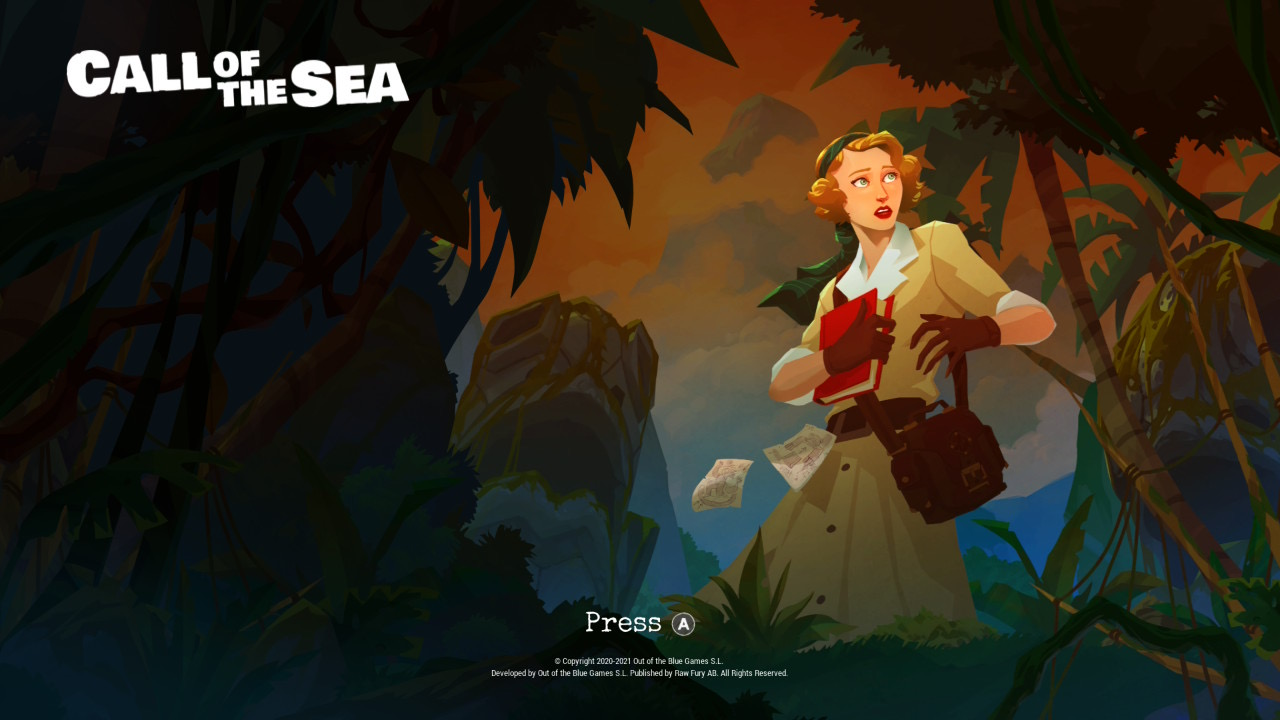It’s probably too early to be declaring my 2024 game of the year. There’s plenty to look forward to, especially in my favorite genre: JRPGs. But having spent upwards of 100 hours on Unicorn Overlord, I’ll be very surprised if I have a better time throughout the rest of the Nintendo Switch’s twilight.
Unicorn Overlord is a tactical strategy RPG from ATLUS and Vanillaware. It follows Alain, the would-be prince of Cornia had the kingdom not been overthrown by General Valmore. Before her last stand against Valmore, Alain’s mother, Queen Ilenia, tasks a guard, Josef, with protecting her young son and the Ring of the Unicorn. Valmore takes control of Cornia, places all the kingdoms of Fevrith under Zenoiran rule, and changes his name to Galerius, as would we all, right?
Ten years later, the island of Palevia is invaded by Zenoiran forces. Josef, Alain, and a few buddies are able to repel the attack, and we learn the Ring of the Unicorn has the ability to dispel the magic that is forcing one-time allies to serve under Galerius. Armed with this knowledge and a can-do attitude, Alain decides the time is nigh to gather an army to liberate Fevrith.
The plot is typically melodramatic for the genre, but not nearly as heavy as what we’ve seen in the past. Everything moves along at a breezy pace, or at least as breezy as it can be with all of the side-battle action at your disposal. Let’s not get into that, yet, though. Let’s start with the world map.
In most JRPGs, the map is either something that pushes icons around under grave narration or a means to get from here to there with as few random battles as possible. In Unicorn Overlord, it’s a living thing, and a key component to gameplay. Alain has to explore the world to build his army, and there’s a lot to do.
Completing liberation battles will free towns for Alain to utilize, provided he’s gathered enough resources to build them up. Towns can provide armor and provisions. Larger cities can also provide taverns where Alain’s troops can share meals to increase rapport. You can station guards to help collect materials and to present with gifts, also to increase rapport. Some towns have ports that allow you to sail to secluded areas for rare items or to solve quests.
The map also contains forts where you can recruit mercenaries, expand your unit size, engage in mock battles, and more. Numerous relics are scattered about, many of which you won’t even know how to use until you’re about halfway through the game, or deeper. One of my favorite moments was when I stumbled upon a hidden catapult with the suggestion to disable it. In a later battle, the enemy officer was miffed to learn a catapult was down, making my victory easier to achieve. There are numerous moments like that scattered about, making map exploration not just a rewarding endeavor, but also an important key to progression.
Of course, the meat of the game is in the battles, and there’s far too much nuance to go into full detail here. Basically, you’re able to assign units of up to six soldiers from those you’ve recruited or hired. Unicorn Overlord offers over 60 characters by game’s end, all of whom come with their own unique skill set across a multitude of class types. How you place them in their unit, how you arm and accessorize them, what skills you give them, and how you trigger those skills determines how effective they’ll be in combat. It’s a lot to think about, and it can easily become overwhelming if you’re not constantly managing who gets what new accessory/weapon and who gets paired with whom.
The game does allow you to engage in mock battles to test a unit’s effectiveness, but I found it easier to just mimic enemy units. If a fight is particularly troublesome, I’d set up a unit using the enemy’s formation, then tweak it to suit my needs.
But that’s just the preparation. The battles take place in real time on wonderfully designed maps that remain diverse throughout the game’s entirety. They generally consist of deploying a few units at a time to attack the enemy’s stronghold while protecting your own. Valor points determine how many units can be deployed. More valor is achieved throughout the battle, allowing you to deploy more units or utilize special skills that can enhance attacks, buff or heal your units, transport units around the battlefield, and myriad other capabilities.
It sounds like a lot, but there’s more. Assigning a unit’s leader determines the basic skill of that unit. Making a flier the leader allows that entire unit to fly over otherwise impassable mountains and rivers. But flying units are susceptible to arrow attacks, so switching the leader to one with the ability to repel ranged attacks is then a good idea…provided you have the valor points to do so. Running low on valor? Pick a unit leader who has the ability to replenish it more quickly or just use an item that negates ranged attacks.
Between the available unit tweaks, the valor skills, and countless items you can find/buy to use on the battlefield, I never felt I didn’t stand a chance in a fight. Even if you don’t prepare well, there’s usually a way to push through if you just pause the action and think about it—there’s almost always a soldier on the with a valor skill to save the day.
That’s actually one of my two minor complaints about Unicorn Overlord. If you happen upon a couple unit setups that really maximize efficiency, you can use them to push through the entire game without much difficulty. I had two (maybe three) such units, and it wasn’t long before they seemed capable of clearing entire battle maps on their own. Units can tire on the battlefield, but there are so many ways to replenish their stamina that fatigue is pretty much a non-factor.
I also felt there were too many soldier classes to keep track of. The developers could’ve reduced this by half and still had an intricate party-assembly system. Once I approached the game’s midpoint, I just had no desire to slow things down to tinker with unit symmetry, other than to figure out who to add when expanding units from four to five. As such, a lot of interesting characters were barely utilized. There was just no need.
Maybe that’ll open up the game to multiple playthroughs. The world of Fevrith will definitely be worth additional trips, as the scenery is also fantastic. The fantasy landscapes are richly illustrated and a joy to explore, the character designs are heroic and fun (if not a bit dated in a few instances), the music fits the world and the action well, and the voice acting is solid, for the most part. In short, the game’s design is cohesive; each part fully complements the others.
So, yes, Unicorn Overlord is definitely an early candidate for my 2024 game of the year. It achieves everything it sets out to accomplish, it manages a few surprises along the way, and only by nitpicking can I find anything wrong with it. Remember that joy when you first played a JRPG or strategy game that really clicked for you? It’s about to happen again.


